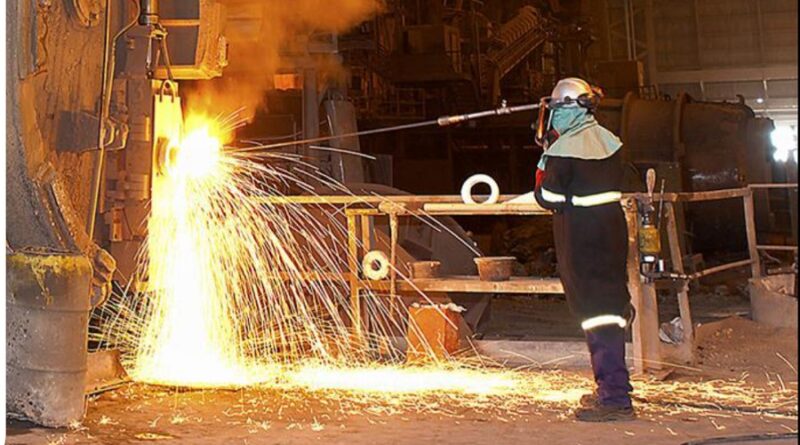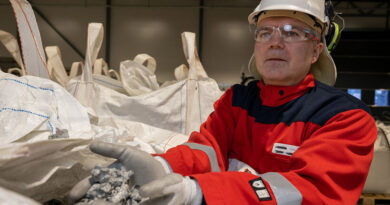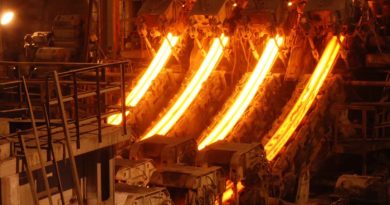EU total steel-using sectors forecast 2022-2023
Total steel-using sectors’ output is expected to continue to increase in 2022, but its growth rate will be halved compared to EUROFER’s previous outlook (+2% versus +4% previously foreseen).
This results from the rapid deterioration of the global industrial and economic outlook due to the war in Ukraine, coupled with ongoing and worsening supply chain issues. Growth in output is expected to gain only modest ground in 2023 (+2.3%), due to very high uncertainty which is likely to continue over the next year.
Construction output rebounded in 2021 (+5.9%, revised downwards from +6.7% in the previous Outlook), after the fall experienced in 2020 due to the COVID-19 outbreak (-4.2%). The outlook for 2022 shows moderate growth. (+2.3%, revised downwards from +3%), which will further ease in 2023 (+1.5%).
The EU construction confidence substantially improved after the record lows of the pandemic, almost reaching 2018 levels in the course of 2021. Yet, supply chain disruptions and the deterioration of the economic and industrial outlook in the second half of 2021 have changed the picture considerably.
Overall construction
activity should, however, continue to grow – albeit at rather low rates. Civil engineering is expected to provide the strongest contribution to the construction sector’s performance. This segment will also be supported by EU-wide public policies. Their effects have become increasingly uncertain and difficult to quantify, though, in light of the recent deterioration of the economic outlook due to the war in Ukraine and persisting supply chain issues.
The European steel industry is a world leader in innovation and environmental sustainability. It has a turnover of around €125 billion and directly employs around 310,000 highly-skilled people, producing on average 153 million tonnes of steel per year. More than 500 steel production sites across 22 EU Member States provide direct and indirect employment to millions more European citizens. Closely integrated with Europe’s manufacturing and construction industries, steel is the backbone for development, growth and employment in Europe.
Steel is the most versatile industrial material in the world. The thousands of different grades and types of steel developed by the industry make the modern world possible. Steel is 100% recyclable and therefore is a fundamental part of the circular economy. As a basic engineering material, steel is also an essential factor in the development and deployment of innovative, CO2-mitigating technologies, improving resource efficiency and fostering sustainable development in Europe.




